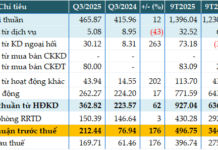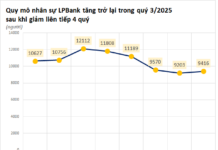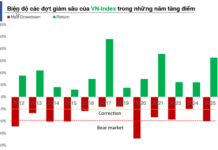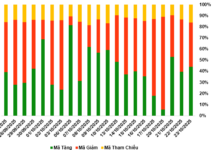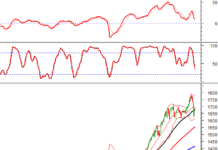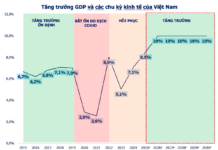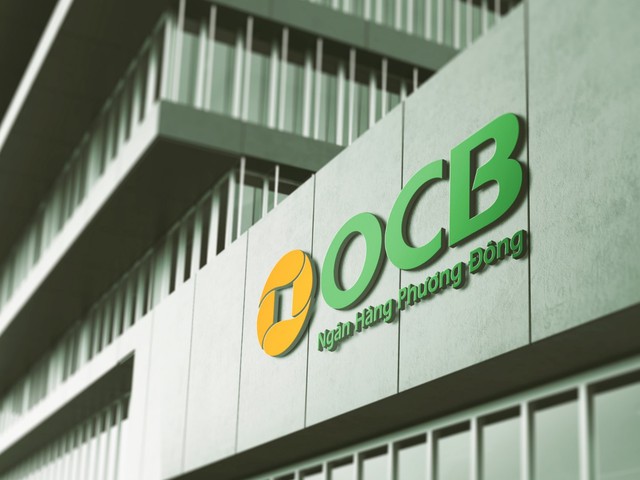
Profit increased by 23% compared to the same period of last year
In particular, OCB’s total net revenue reached VND 2,287 billion in the last quarter, up 9.4% compared to the same period in 2023, in which the main contributors to the growth came from net interest income and foreign exchange business activities.
Net interest income in the quarter reached VND 1,901 billion, up 8.6% compared to the same period, accounting for 83.12% of total net revenue thanks to preferential interest rate policies, support for customers and businesses in accessing capital sources.
Non-interest income also increased well with a growth rate of 13.8% to VND 386 billion. In particular, net interest income from foreign exchange trading reached VND 118 billion, 2.4 times higher than the same period last year thanks to taking advantage of the opportunity of strong exchange rate fluctuations in the first months of the year.
In the first quarter of 2024, OCB recorded pre-tax profit of VND 1,214 billion, an increase of 23% compared to the same period last year.
Risk management related indicators such as capital adequacy ratio (CAR), short-term capital ratio for medium- and long-term lending, loan-to-deposit ratio (LDR), are always ensured by OCB at a safe level. The bad debt ratio is controlled below 3%, meeting all regulations of the SBV. The liquidity ratio is stable with sufficient liquid asset buffer.
As of March 31, 2024, OCB’s market 1 outstanding balance increased by 3.5% compared to the end of 2023, reaching VND 153,199 billion. Total assets remained stable, reaching nearly VND 237,000 billion. Market 1 capital mobilization reached more than VND 163,400 billion.
Specifically, regarding credit, OCB’s leaders said that this is the first “sweet fruit” that the bank has reaped from the strategy of focusing on expanding its customer base, partnerships and digitization.
This year, the State Bank of Vietnam (SBV) has set a target of increasing general credit growth from the beginning of the year at 15% for the entire system as well as specifically for each bank, creating opportunities for banks to set business growth targets right from the start of the year. At OCB in particular, taking the lead in supporting customers through preferential products/policies, meeting the practical needs of each customer group. The bank is prioritizing directing credit flows to products with good returns accompanied by acceptable risks, promoting lending for production and business activities, buying houses for individuals with real needs with interest rates from only 5. 2%… As for businesses, customers are classified and supported by industry, such as import-export businesses that can borrow at interest rates from 5% or even lower.
Not only reducing interest rates for new loans, but also old loans are reduced by the bank, thereby supporting and creating conditions for customers to expand business and develop. At the same time, businesses with green projects that help reduce environmental emissions, projects that contribute to the community, will also be prioritized with additional preferential policies.
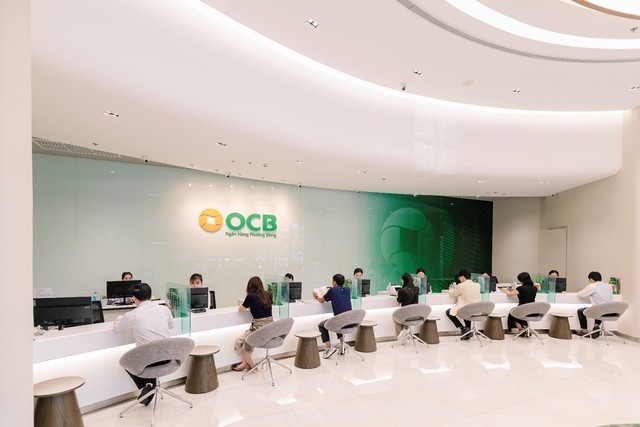
Prioritizing digitalization and ESG, expected to publish sustainability report in Q3
In addition to business goals, the sustainable development strategy through promoting digitalization is also being prioritized by OCB from the beginning of the year.
Recently, OCB and the International Finance Corporation (IFC) have officially signed an advisory agreement on the transformation of a green bank and digital retail and SME banking services. This not only promotes the development of climate finance but also creates opportunities to access capital for the SME business group, especially women-owned businesses. This opportunity contributes to making OCB gradually become a pioneer bank in the field of green transformation, promoting growth opportunities for business, creating jobs, and improving living standards and promoting social progress. In that direction, OCB is also continuing to review its existing loan customer portfolio, actively considering reducing transaction fees for customers operating in some specific industries related to the energy sector, wind power, etc.
It is known that in the third quarter of 2024, the bank will publish an independent sustainability report with PwC as an advisor.
At the same time, OCB continues to intensify digitization, which is the strength as well as the priority strategy of the bank in 2024, in order to increase revenue from services and at the same time reduce operating costs. The bank’s leaders said that on May 10, OCB will launch the new-generation OCB OMNI digital banking version, based on cooperation with Backbase, a leading financial technology company in the world. Subsequently, in July, the bank will launch another new product with the expectation of helping OCB increase and expand its customer base, thereby bringing high business efficiency.
OCB recently held its 2024 Annual General Meeting of Shareholders. At the meeting, the shareholders approved the pre-tax profit target of VND 6,885 billion, an increase of 66% compared to the results in 2023. OCB also finalized the plan to pay a dividend at a rate of 20% in shares and increase its charter capital to VND 24,717 billion.







